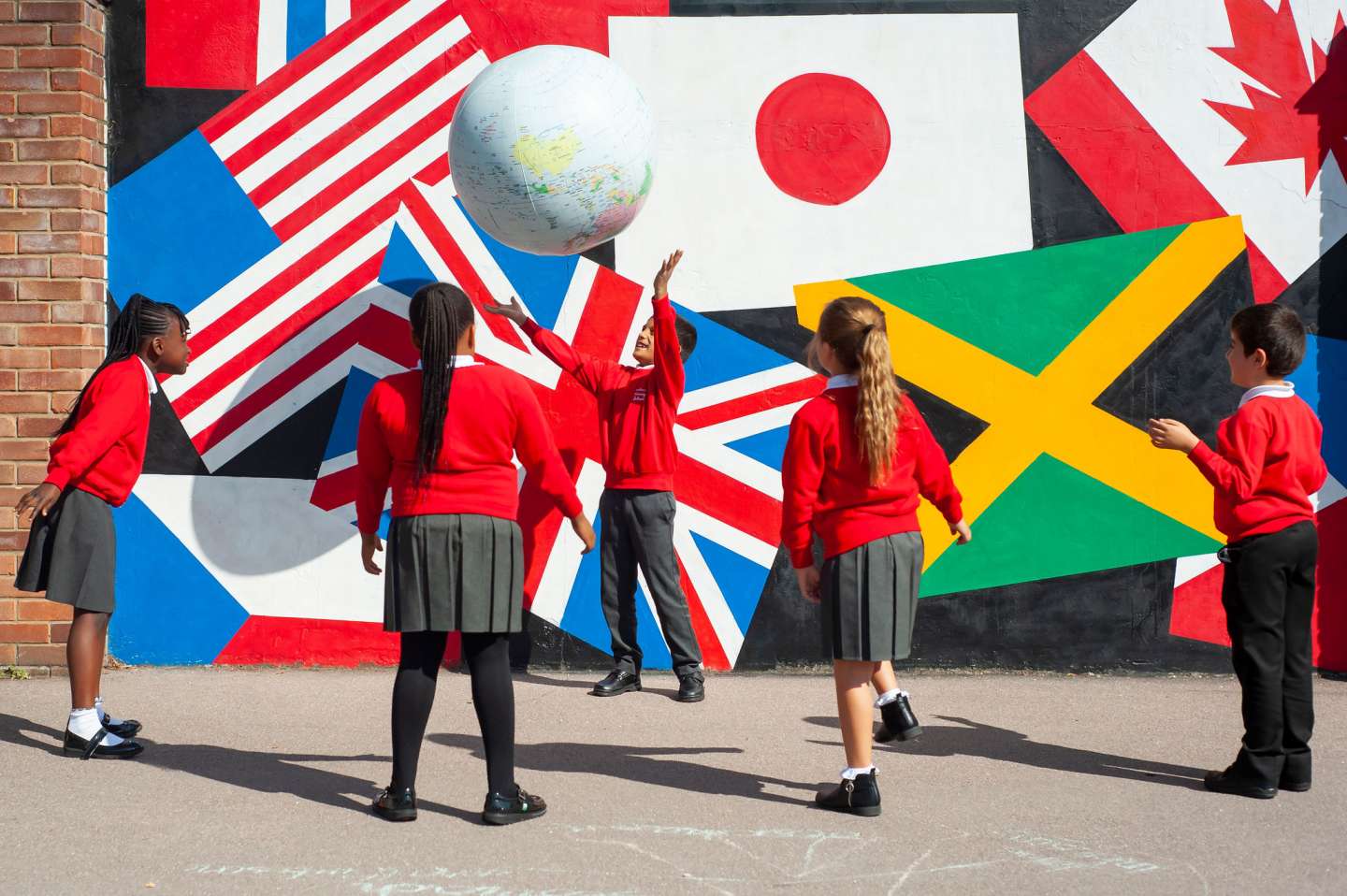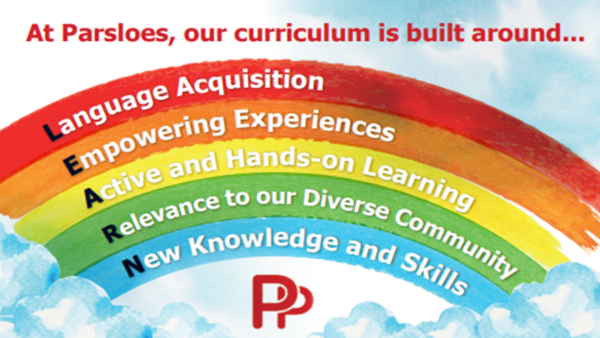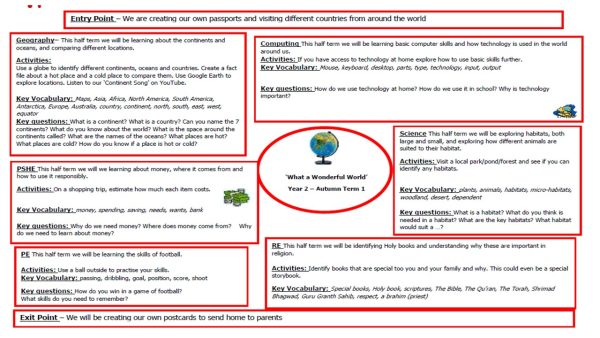
At Parsloes Primary School we believe that a high-quality geography education should inspire in pupils a curiosity and fascination about the world and its people that will remain with them for the rest of their lives.
At Parsloes Primary School we believe that a high-quality geography education should inspire in pupils a curiosity and fascination about the world and its people that will remain with them for the rest of their lives. Through active and hands-on experiences, children are encouraged to develop a greater understanding and knowledge of the world, as well as their place in it; linking to the diverse community in which they live. The curriculum will cover the four main areas: place knowledge, locational knowledge, human and physical features and map skills and fieldwork. Teaching should equip pupils with the relevant subject-specific language relating to human and physical geography. The Geography curriculum at Parsloes Primary School enables children to develop new knowledge and skills that are transferable to other curriculum areas and which can be used to promote their spiritual, moral, social and cultural development.
Geography at Parsloes Primary School

At Parsloes Primary School, we encourage the children to have active and hands on experiences, in particular when teaching Geography. Lessons incorporate a broad range of skills from map work to field work as well as including Maths, English and Computing skills. To enrich children’s experiences, each year group participates in a field work study analysing their local environment. Geography at Parsloes is split into 4 main areas of teaching: locational knowledge, place knowledge, human and physical geography and geographical skills and fieldwork.
The curriculum is mapped out within these areas to ensure progression in knowledge and skills across the school. The content of each of the four areas of geographical teaching are in line with the National Curriculum and progress within the year groups to ensure that learning is deepened. To help facilitate this, the school is a member of the Geographical Association. In EYFS, Geography is taught through the strand ‘Understanding the World’.
Language Acquisition – Our geography vocabulary is carefully planned and taught in a progressive way across the school, including the language of geographical enquiry. Children learn to think and talk like geographers through the use of geographical language.
Empowering Experiences – Our geography curriculum is enriched by a variety of different sources from outside school. Some units are focused on the local area, enabling children to gain first-hand experience. Children also access trips and workshops to enhance their geographical understanding.
Active and Hands-On Learning – Children have well planned opportunities to investigate and discover information from a range of geographical sources. All units of work are fully resourced with the geographical equipment necessary for hands on, enriched learning.
Relevance to our Diverse Community – Through the units of work and cross-curricular links, children are exposed to a range of backgrounds, cultures and locations across the globe.
New Knowledge and Skills – The geography curriculum is sequenced progressively to ensure prior learning is referred to and built upon. Geographical locational and place knowledge, human and physical features and geographical skills and fieldwork are all embedded throughout and developed as children progress through the school.

Our curriculum overviews detail the key geographical content required for each unit of work. These are shared with children and families at the beginning of each half term to help enhance learning.
